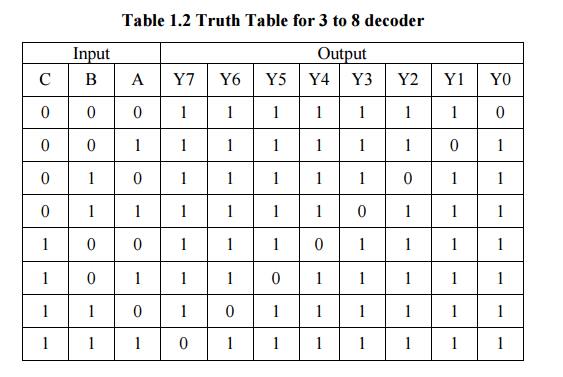Chapter: Microprocessor and Microcontroller : 8085 Microprocessor
Memory Interfacing of 8085 Microprocessor
Memory Interfacing
The memory is made up of semiconductor material used to store the
programs and data. Three types of memory is,
ü Process
memory
ü Primary
or main memory
ü Secondary
memory
1 Typical EPROM and Static RAM


ü A typical
semiconductor memory IC will have n address pins, m data pins (or output pins).
ü Having
two power supply pins (one for connecting required supply voltage (V and the
other for connecting ground).
ü The
control signals needed for static RAM are chip select (chip enable), read
control (output enable) and write control (write enable).
ü The
control signals needed for read operation in EPROM are chip select (chip
enable) and read control (output enable).



2 Example for Memory Interfacing
Consider
a system in which the full memory space 64kb is utilized for EPROM memory.
Interface the EPROM with 8085 processor. The memory capacity is 64 Kbytes. i.e
2^n = 64 x 1000 bytes where n = address lines. So, n = 16.
In this
system the entire 16 address lines of the processor are connected to address
input pins of memory IC in order to address the internal locations of memory.
The chip select (CS) pin of EPROM is permanently tied to logic low (i.e., tied
to ground).
Since the
processor is connected to EPROM, the active low RD pin is connected to active
low output enable pin of EPROM. The range of address for EPROM is 0000H to
FFFFH.

Related Topics